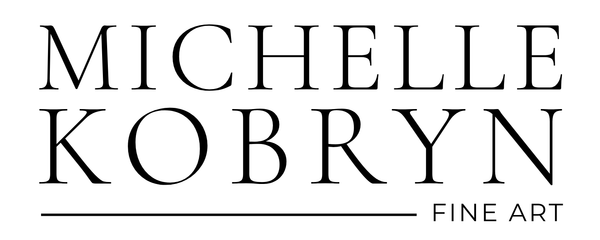
The Art of Slowing Down: What Still Life Teaches Us
Share
There’s something quietly radical about still life painting.
In a world that moves fast — where messages disappear in seconds and we’re always onto the next thing — still life invites us to pause. To really look. To breathe for a moment before the next scroll or swipe.
When I’m painting a bowl of lemons or a cluster of dahlias, nothing about it is fast. Each brushstroke asks for patience. Each shadow asks for attention. It’s a practice in seeing the extraordinary in the ordinary — the way sunlight shifts across porcelain, the way color hums against quiet neutrals, the way a single petal bends toward the light.
Collectors often tell me that’s what draws them to still life — that sense of calm presence. There’s no rush. No noise. Just a reminder that beauty lives right here, in front of us, if we’re willing to notice it.
Still life art teaches us to:
• Notice the details. A simple object becomes sacred when we give it our full attention.
• Find balance. Every composition is about harmony — between light and dark, soft and bold, full and empty.
• Honor the everyday. A bowl, a lemon, a single bloom — all reminders that abundance doesn’t need to be grand to be meaningful.
Hanging a still life in your home is a quiet invitation to slow down. It changes the energy of a room — not loudly, but in that subtle way that makes you take a deep breath when you walk by.
Because art, at its best, isn’t just something you look at.
It’s something you live with.
It whispers: “There’s beauty here. You don’t have to hurry.”
